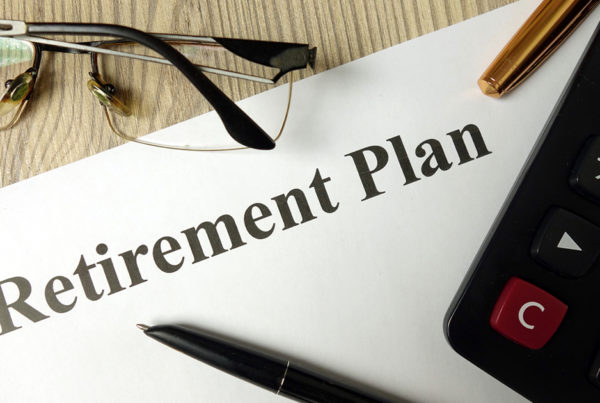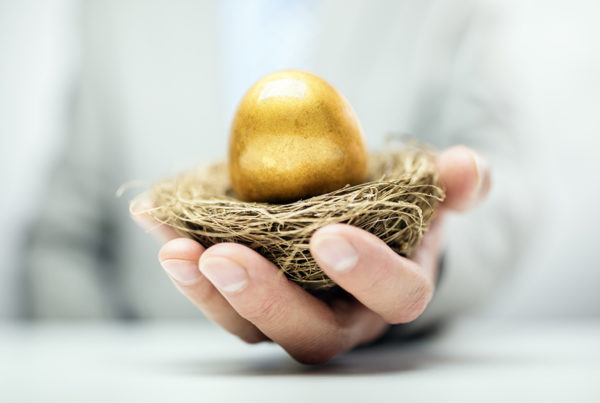Congratulations, 30-somethings! You’re on your way to the most responsible “you” you’ve ever been. Now that you’re older and wiser, you’ve probably started going to bed earlier, have a (somewhat) regular exercise schedule and are even building your savings. And you’ve got more responsibilities too, like caring for fur or human kids or owning or renting your own place.
Given all these new responsibilities that you likely didn’t have in your 20s, your investment strategies may need to change to fit the current demands of your new “responsible you” lifestyle. Investing in your 30s doesn’t mean you invest less because of all those responsibilities; it simply means you’ll invest differently as your income changes from nearly all discretionary in your 20s to mostly all necessary in your 30s.
Here are some tips to help you make the transition:
Tip #1: Set aside more of your earnings for necessary items first.
A generally accepted budgeting rule says that 50% of your income should go to necessary items, 30% to discretionary items and 20% to savings. This is known as the 50/30/20 rule. While you may have gotten away with more than 30% of your income going to discretionary items in your 20s (like for that jet ski or expensive watch or sports car), now that you’ve presumably acquired more responsibility in life as a 30-something, you’ll need more money set aside to account for items like a mortgage, individual or family medical insurance and increased auto, clothing, school and grocery bills. All of these necessary expenses can easily sabotage your investing efforts, so it makes sense to start with realigning your investment budget to match your new, more responsible lifestyle.
Tip #2: Realign your investment budget to fit the 50/30/20 rule above.
With 20% of your income recommended for saving and investing, your investment piece of the pie may have gotten smaller. Why? Because you can’t forget about filling your emergency fund savings first with part of that 20%, and that number may also have grown a bit bigger in the last decade. The rule for investing in your 20s is just to save $1,000. But in your 30s, that $1,000 may no longer cover the kind of emergency you might need to pay for. Most experts agree that people should set aside between three and six months of their salaries for an adequate emergency fund. If you’re now earning a $60,000 salary, that means your emergency fund just grew to $15,000 on the low end (the equivalent of three months’ salary) and $30,000 on the high end (assuming six months’ salary)—a whole lot more than that original $1,000 emergency plan in your 20s. Thinking about short-changing your emergency fund so you can invest earlier? Think twice or you may just end up stealing from your investments in the event of an emergency which can also yield some additional penalties, especially if you’re taking from a 401(k) plan.
Tip #3: Shift your thinking from “all about now” to “all about the future.”
Living with a partner, spouse and/or children has a big impact on personal AND investment decisions. In your 20s, all you had to worry about was yourself and taking care of you at the end of your career and into retirement. Now there’s more pressing things to worry about, like health savings plans and college savings plans, or pet health insurance for your fur babies. Some might argue that setting aside money in a Health Savings Account (HSA) or flexible spending account (FSA) takes precedence over the college savings plans, but there are also limits on what can be contributed to these accounts. HSAs have a current limit of $3,550 for individuals and $7,100 for families and can only be contributed to if you have a qualifying high deductible health insurance plan (HDHP). You can contribute $2750 to an FSA in 2020, or $5,000 to a dependent care FSA account. Taking care of these contributions can give you some much-needed piece of mind when it comes to health care expenses, especially in light of a pandemic, but they also siphon money from your available 20% of income for investments (as do contributions to college savings plans) and are part of the delicate investment balancing act you’re now in as you reach your 30s.
Tip #4: If you want to set aside more for retirement than what’s left over, slim down discretionary spending.
If that 20% piece of your salary pie going toward an emergency fund, health care and college savings now just simply isn’t big enough to fund adequate retirement savings, there’s only one option left and that’s to shift some dollars over from discretionary income to savings and investing. But back to the balancing act mentioned before, this isn’t about cutting all your discretionary income simply to fund your retirement that’s still 30-40 years away. You’re still in your 30s after all, and in the prime of your life for traveling and enjoying spending some of your hard-earned money on a grownup toy or two now and then! Find the balance between how much you want for fun in this decade versus how much you’ll need for retirement a few decades from now. Whatever amount you decide to contribute to retirement, make sure it’s on a regular basis to take advantage of what experts call “dollar cost averaging” for two reasons: first, it ensures you are making contributions on a regular basis, and secondly, it helps to reduce volatility in your investment portfolio by helping to avoid purchases at high points, which could happen if you contribute on an irregular basis and the market is up at that time.
Tip #5: Now may be the right decade to work with a financial advisor.
With more responsibilities in your life, investing in your 30s may best be left to the steadfast work of a financial advisor whose only job is to spend time growing your investments—time you could be recouping to spend out cruising the country in that RV you purchased with your discretionary income.
Like many things in life, investing takes hard work and discipline for it to payoff down the road. Using these five tips, you can find the balance you need to make the shift from simply investing in your 20s to wisely investing in your 30s!






 Federally Insured by NCUA |
Federally Insured by NCUA |  Equal Housing Opportunity |
Equal Housing Opportunity |